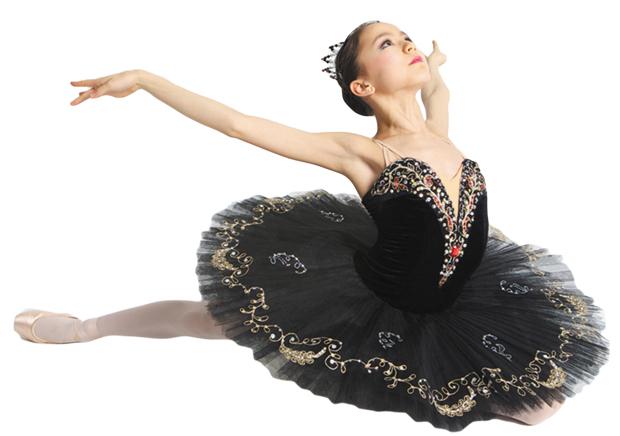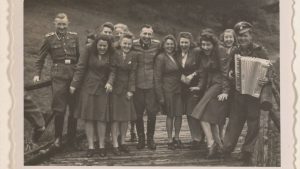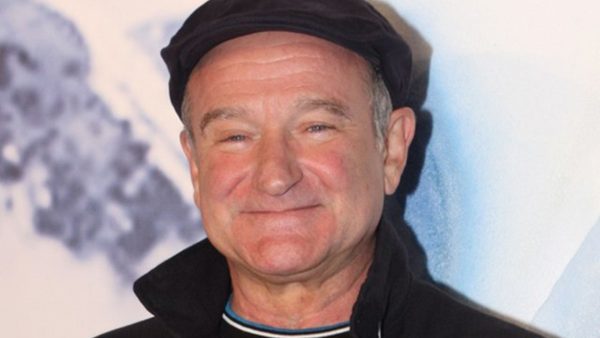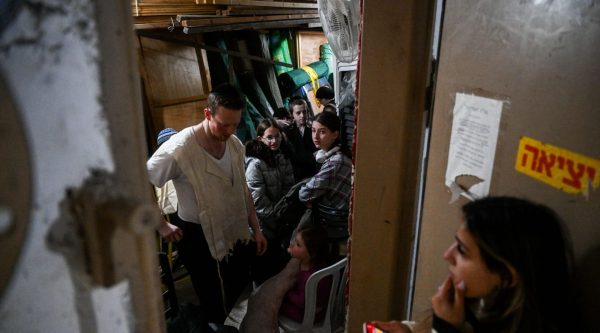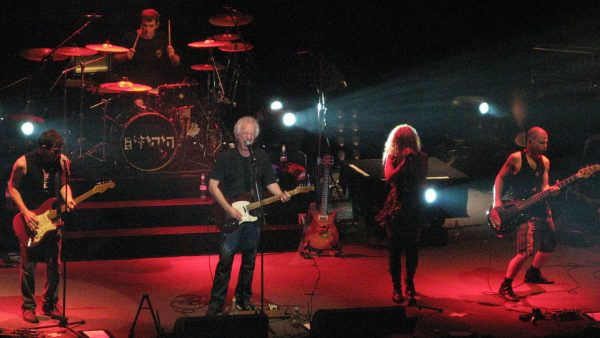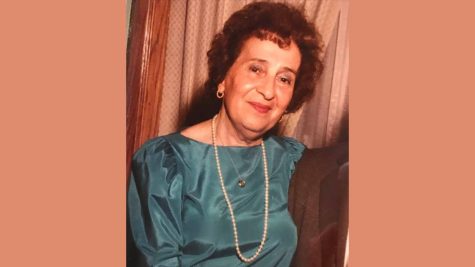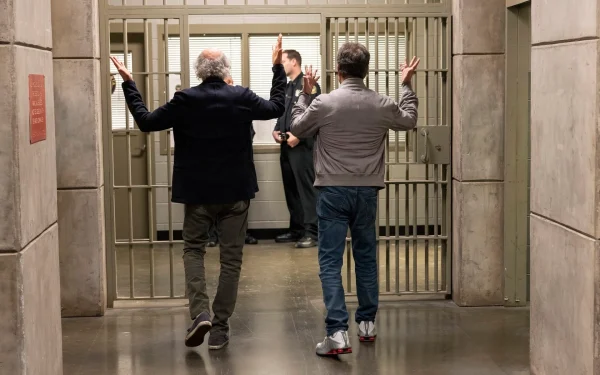Ballet documentary defies stereotypes
Published May 16, 2012
The dancers in the ballet documentary “First Position” are nothing like you’d expect. The film follows seven kids and young adults, ages 10 to 17, as they prepare for, and compete in, the Youth America Grand Prix, the world’s biggest ballet competition awarding scholarships and positions in ballet companies.
“First Position” made its debut at the Toronto Film Festival and has garnered numerous awards for first-time filmmaker Bess Kargman. The film follows these talented kids over a year and across the globe as they prepare.
The youngsters featured are a diverse group, including an 11-year-old Israeli, Gaya Bommer Yemini.
The Jewish Light spoke with director Kargman by phone.
What drew you to this subject for a documentary?
I danced my entire childhood, so for my first film, I knew I wanted to do a project that I had some expertise in. Ballet always meant so much to me. It was always a film I wished had existed. I was sort of tired of waiting for someone else to make it. And I don’t necessarily mean a competition ballet film, I mean a film that really takes you inside the ballet world and challenges a lot of the common stereotypes about ballet.
How did you choose these children to focus on?
When you are doing a competition film, it is very risky. If you try to just put your bets on who the winner’s going to be, you’re risking the entire success of the project on factors you have no control over, such as who wins and who loses. So what I decided to do was cast young dancers whose personal stories, personalities and families were so unique and interesting and special that even if the kids didn’t do well in the competition, you fell in love with them. You saw how dedicated they are, you really felt compassion for them and they took you on this amazing journey.
Actually, you got lucky, because there were a lot of winners in this group.
It wasn’t so much luck, I would say. It was more that the kids I chose were so uniquely talented that it is no surprise the judges felt so, too. It’s the type of talent that even non-dancers, even people who don’t really appreciate ballet, can watch and say, “Whoa, I know they are talented.” If dancers give my non-dance loving audiences goosebumps, how do you think the judges are going to respond?
Did the fact that you’re Jewish have an impact on the film?
I have a very strong Jewish identity, and always in the back of my mind, it felt like the film would be better served if I also had someone Jewish in it, but I didn’t want to force it. It had to be that for a huge other number of reasons they were right for the film.
Tell us about how the Israeli dancer became part of the documentary.
It was such special luck and serendipity that Aran (Bell, one of the dancers) developed this incredible friendship with this gifted Israeli dancer (Gaya Bommer Yemini). That’s a narrative that developed before my eyes. I didn’t tell Aran, “That girl’s really cute and really talented, go become friends with her.” He sought her out. And what is so special about their friendship is that her English is extremely limited, yet they developed this fast bond. Actually, today the film also is premiering in Tel Aviv at the Docaviv Film Festival.
Is Aran Jewish too?
Aran’s not, but Michaela’s mother is Jewish. And I didn’t even know that when I put Michaela (DePrince) in the film. It wasn’t until I went and visited their home. Michaela was actually born Muslim (in Africa).
This competition has a lot of diversity. Although your subjects were mostly American, it seems very international.
The diversity of talent that enters the Youth America Grand Prix competition is very reflective of the dance world in general. I chose dancers because I wanted to also include who they are as human beings, to defy stereotypes. For example, Michaela — not all ballet dancers are white; Joan — not all ballet dancers are rich. Or Aran and Joan — not all male ballet dancers are gay. Miko — not all skinny ballerinas are anorexic. Jules — not everyone who starts ballet at the age of four ends up loving ballet and wanting to become a ballet dancer. It all served a purpose. Sodoco — not all stage parents are psycho.
What has been the response from audiences that aren’t coming from a ballet background?
This isn’t really just a ballet film at all. You don’t even have to like dance to love this film, because it’s a human story — it’s about passion and devotion and having a dream. People who don’t even like ballet will come up to me, football players who have no interest in ballet, never saw a ballet and tell me, “Your film moved me to the core.” And that’s the only thing I wanted — that it resonate with people besides the typical demographic for dance films. I was told that this film would never make it into theaters because ballet is very niche, no one wants to see girly ballerinas in a commercial movie theater, so I kind of set out to prove them wrong.
Have you kept in touch with the young dancers in the film? Have they seen it?
Yes. They have all seen it and loved it. The fact that they all love it means the world to me.
Your film focused on the kids and their hard work and didn’t focus on some of the embarrassing things that other competition films include.
Yeah, I think there is an assumption that you are going to show backbiting or cutthroat competition. But I want to tell you, if that had been in the film, it would have been made up. You just don’t see it at this competition very often at all. So it’s interesting that when people see this film and they say, “Where’s the dark underbelly?” or ask “Did she hide that from the audience?” You don’t act like that in the ballet world, because if you did and your teacher saw you, you would be kicked out of class. It is just a totally different world than it has been portrayed or audiences expect.



